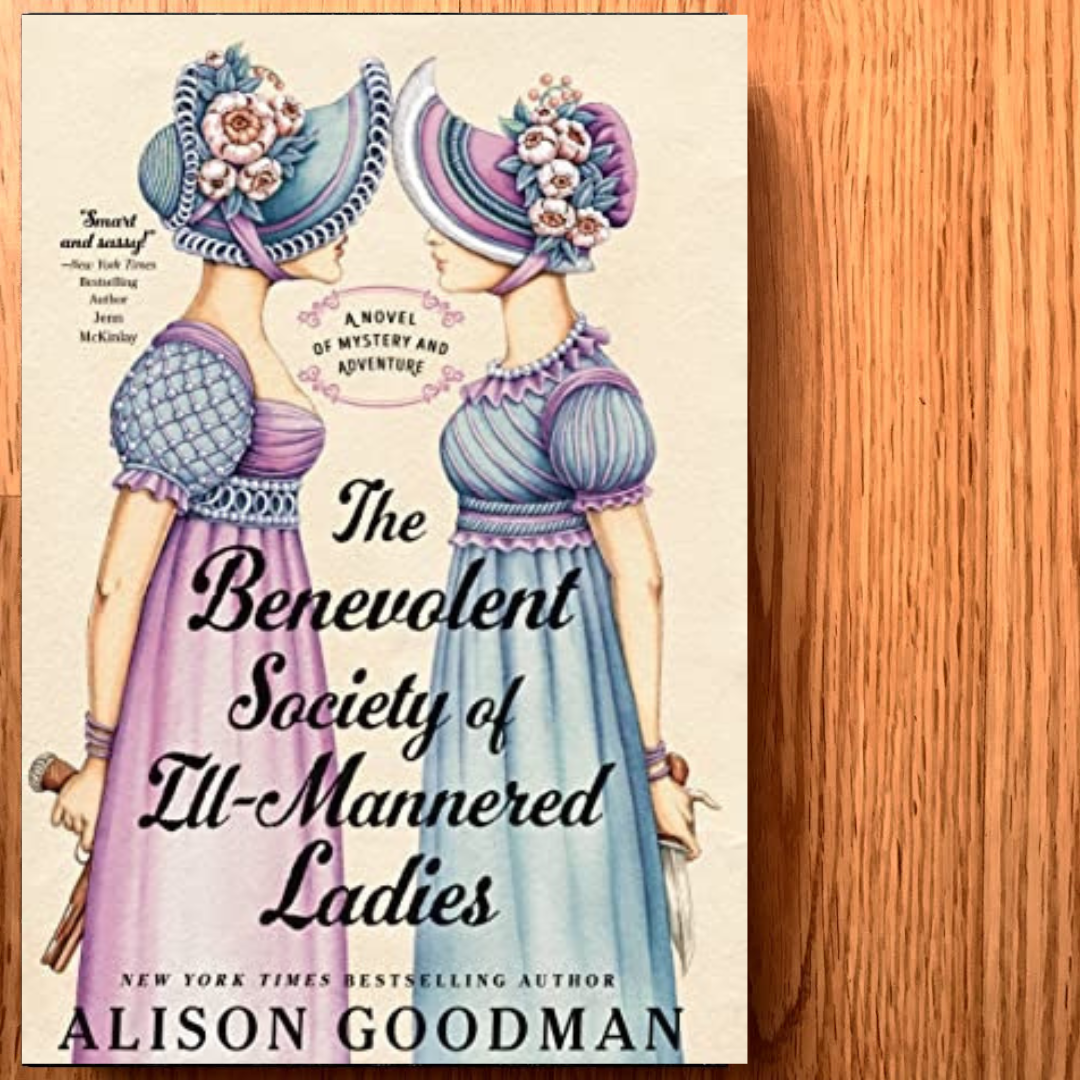By Carly Smith
The Emotional Brain is a nonfiction book by neuroscientist Dean Burnett that explores the world of human (and sometimes non-human) emotions. With an immense amount of information spanning over 300 pages, the book covers a variety of topics including memories, communication, relationships, and the brain itself.
The cover page says: “Lost and Found in the Science of Emotion” which, at first thought, may seem like an oxymoron. Emotion and science are rarely thought of as going hand in hand, but readers learn that science cannot exist without emotion and emotions are a well-studied (yet still mysterious) topic of scientists. Burnett discusses the ways in which emotions relate to, and are pillars of, our memories, dreams, perceptions of self and others, how we talk to and behave around other people, and new-age technology. While presenting readers with carefully sought out data related to the aforementioned topics, he makes personal connections to his experience of losing his father during the COVID-19 pandemic and lockdown.
The book itself is broken down beautifully with a table of contents, index, and references section. The chapters are long and information is sometimes repeated across chapters or in the same chapter, but this is not a downside. it’s evident that Burnett has synthesized information so thoroughly that no stone was left unturned in the creation of the book. Each chapter boasts dozens, if not hundreds, of references to academic studies and articles. The book also includes parts of discussions with credible sources. Inserted between all these cold, hard facts and connections to his personal story are doses of humour. These little bits of quirkiness and wit lighten the mood and are a nice balance to the heavier subjects he broaches.
The Emotional Brain is suitable for readers seeking insight into why emotions exist. It is a good choice if you’d like to learn more about the role emotions play in your everyday life, both consciously and subconsciously. It’s not a light read or a binge read. I recommend this book to anyone who may desire or require a deeper understanding of theirs and others’ actions and reactions, moods, and personalities.
Thank you to HarperCollins Publishers for a copy of this book in exchange for an honest review.






















